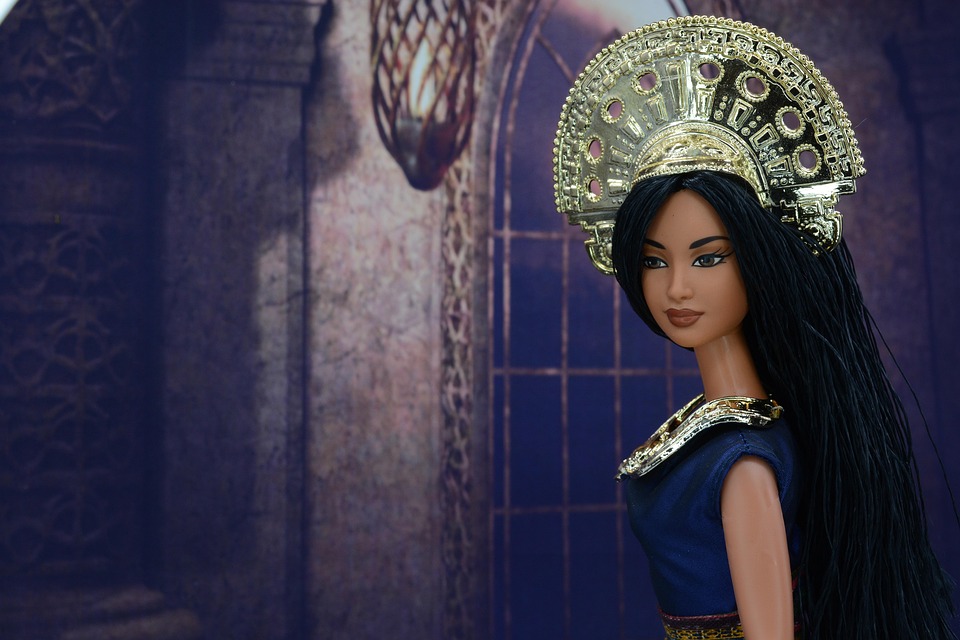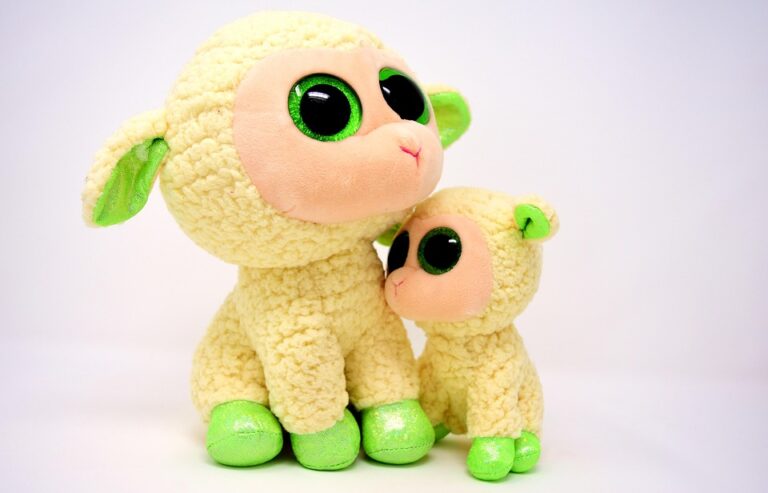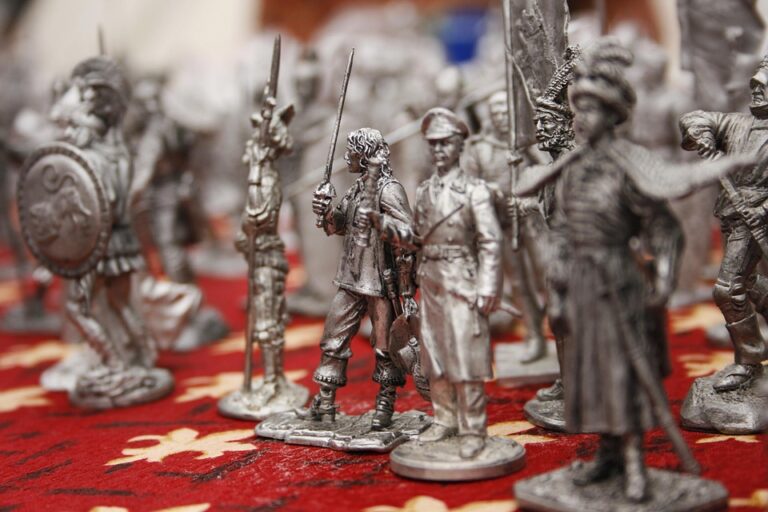
The Evolution of Barbie Dolls: From Iconic Fashion to Timeless Collectibles
Barbie dolls, those quintessential playthings that have adorned the shelves of children’s rooms for decades, have undergone a remarkable transformation since their inception in 1959. Initially celebrated for their style and glamour, Barbie has metamorphosed into a cultural phenomenon, provoking discussions about identity, representation, and the evolution of femininity. But what lies beneath the surface of these plastic dolls that have captured the hearts of so many?
1. The Birth of an Icon
When Ruth Handler, co-founder of Mattel, introduced Barbie, she aimed to provide young girls with a three-dimensional figure that could inspire imaginative play. This doll, with her impossibly proportioned figure and fashionable attire, became an instant sensation. But what does this say about the societal expectations of women in the late 1950s? Critics have often pointed out that Barbie’s unrealistic physique set a troubling standard for beauty, yet many argue that she also offered girls a canvas for their aspirations, allowing them to envision a future filled with possibilities.
The original Barbie was not just a doll; she was a reflection of the era’s fashion—she wore the latest trends and held careers that were progressive for her time. However, as the years rolled on, the question emerged: Could one doll truly encapsulate the diverse experiences of women across the globe?
2. A Shift Towards Diversity
Fast forward to the 21st century, and Mattel has made significant strides in redefining Barbie. The introduction of the "Barbie Fashionistas" line marked a pivotal moment. With dolls of varying body types, skin tones, and hairstyles, Mattel acknowledged the importance of representation. Critics lauded this move, suggesting it was a necessary step toward normalising diversity in children’s toys.
Yet, one might ponder: Is this enough? While the new Barbies reflect a broader spectrum of beauty, can a toy ever fully represent the myriad identities and experiences of girls worldwide? As we delve deeper into the psyche of the doll, we recognise that Barbie serves as both a mirror and a mould; she reflects societal changes while simultaneously influencing the perceptions of femininity.
3. The Rise of Collectibility
Beyond the realms of play, Barbie has also carved out a niche as a collector’s item. Vintage Barbies, particularly those from the 1960s and 1970s, now fetch staggering prices at auctions, appealing to a demographic that cherishes nostalgia and seeks to preserve a slice of their childhood. The allure of these dolls lies not just in their aesthetic but also in the stories they carry—each doll encapsulates a moment in time, a fashion statement, or a cultural shift.
Collecting Barbie has evolved into a serious hobby for many, sparking communities of enthusiasts who trade tips and showcase their prized possessions. As these collectors navigate the complex market, they often ask themselves: What defines the value of a Barbie? Is it rarity, condition, or the memories associated with it? The answers are as varied as the dolls themselves.
4. The Future of Barbie
As we look to the future, one wonders how Barbie will continue to evolve. With the rise of social media and digital platforms, the ways in which children interact with dolls are changing. Will Barbie embrace technology, perhaps venturing into augmented reality or interactive play? Or will she continue to serve as a static figure, a nostalgic reminder of simpler times?
Moreover, as discussions around gender fluidity and inclusivity become more prevalent, the question arises: How can Barbie adapt to represent all children, regardless of gender identity? The potential for innovation is vast, and it remains to be seen how Mattel will navigate these waters.
The evolution of Barbie is a testament to the changing landscape of culture, identity, and consumerism. From a mere toy to a multifaceted icon, she embodies the aspirations and challenges faced by women and girls throughout the decades.
In reflecting upon this journey, it’s clear that Barbie is more than just a plastic doll; she is a cultural artefact that continues to spark conversations. As we navigate this fascinating evolution, remember that BargainsTrust is here to keep you informed about a myriad of wonderful selections, ensuring you never miss out on the latest trends and timeless collectibles.







